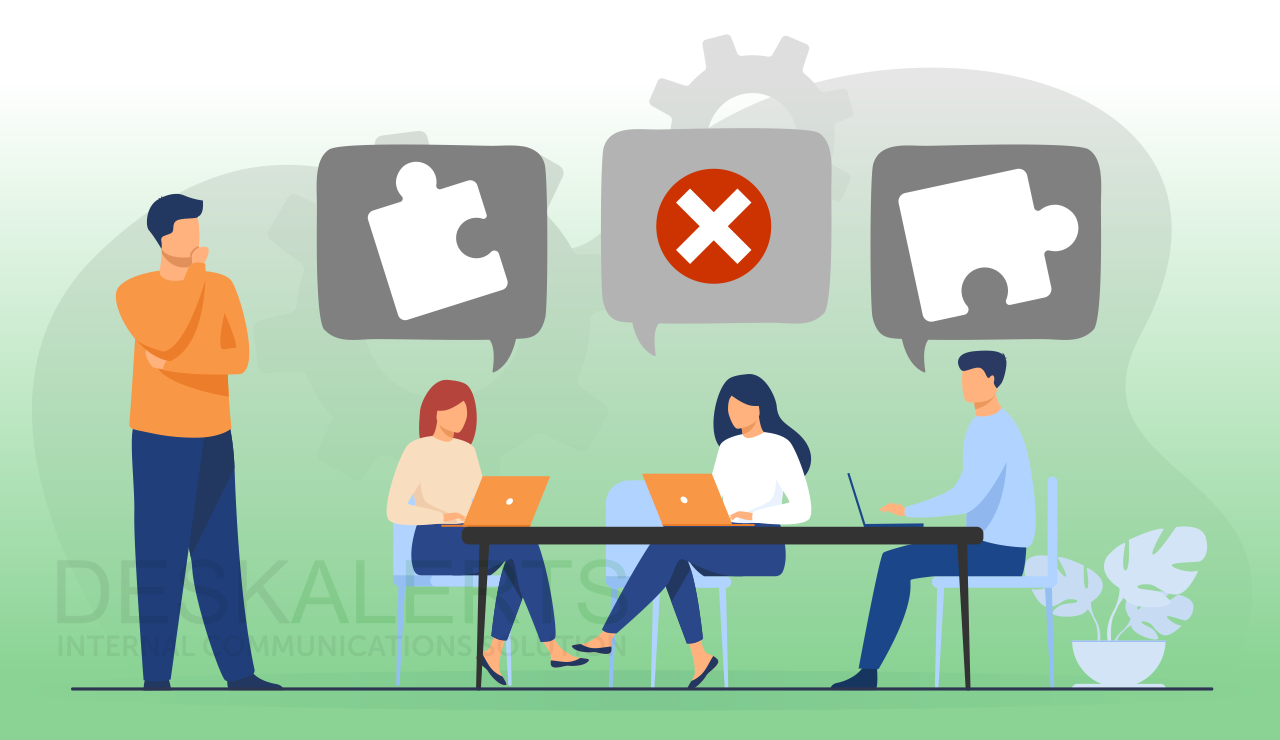4 min read
HR Annual Planning Calendar 2024
It’s time to start thinking about your Human Resources calendar for the next 12 months and beyond with a new year almost upon us.
2 min read
Caroline Duncan : Mar 14, 2018 8:52:23 AM
When a disaster happens, the healthcare system often has a critical role to play in saving lives and ensuring casualties are cared for.
_min.jpg?width=769&name=healthcare-(1)_min.jpg)
Whether the disaster is a terrorist attack, mass shooting, fire, severe weather event or health emergency such as a flu pandemic, it goes without saying that hospitals and other parts of the healthcare system need to be well-prepared in advance to deal with the crisis as it unfolds.
The community relies on the healthcare system to respond well and be prepared in the event of a disaster or health emergency, so preparedness is key.
Having robust emergency management plans and procedures in place to deal with an array of crisis scenarios is necessary, of course. So, too, is ensuring staff are well trained and know what do to in a range of scenarios.
Investing in the right system or systems to ensure an emergency is handled well within a healthcare organization is just as important.
A healthcare organization should ensure it is prepared through a continuous cycle of planning, organization, training exercises and scenarios, evaluation and fine-tuning of plans and actions.
Of course when it comes to planning for and responding to emergency situations a range of factors come into play, such as the types of threats or hazard, population demographic, the nature of your geographic area, and what resources are available to deal with the situation.
So what should you look for when you are looking to implement systems that will allow your healthcare organization to plan, train and respond to different emergency situations?
Generally, an effective preparedness system in the healthcare sector should:

4 min read
It’s time to start thinking about your Human Resources calendar for the next 12 months and beyond with a new year almost upon us.

6 min read

6 min read
In today's rapidly evolving financial landscape, banks must stay ahead of industry changes, regulatory updates, and technological advancements....